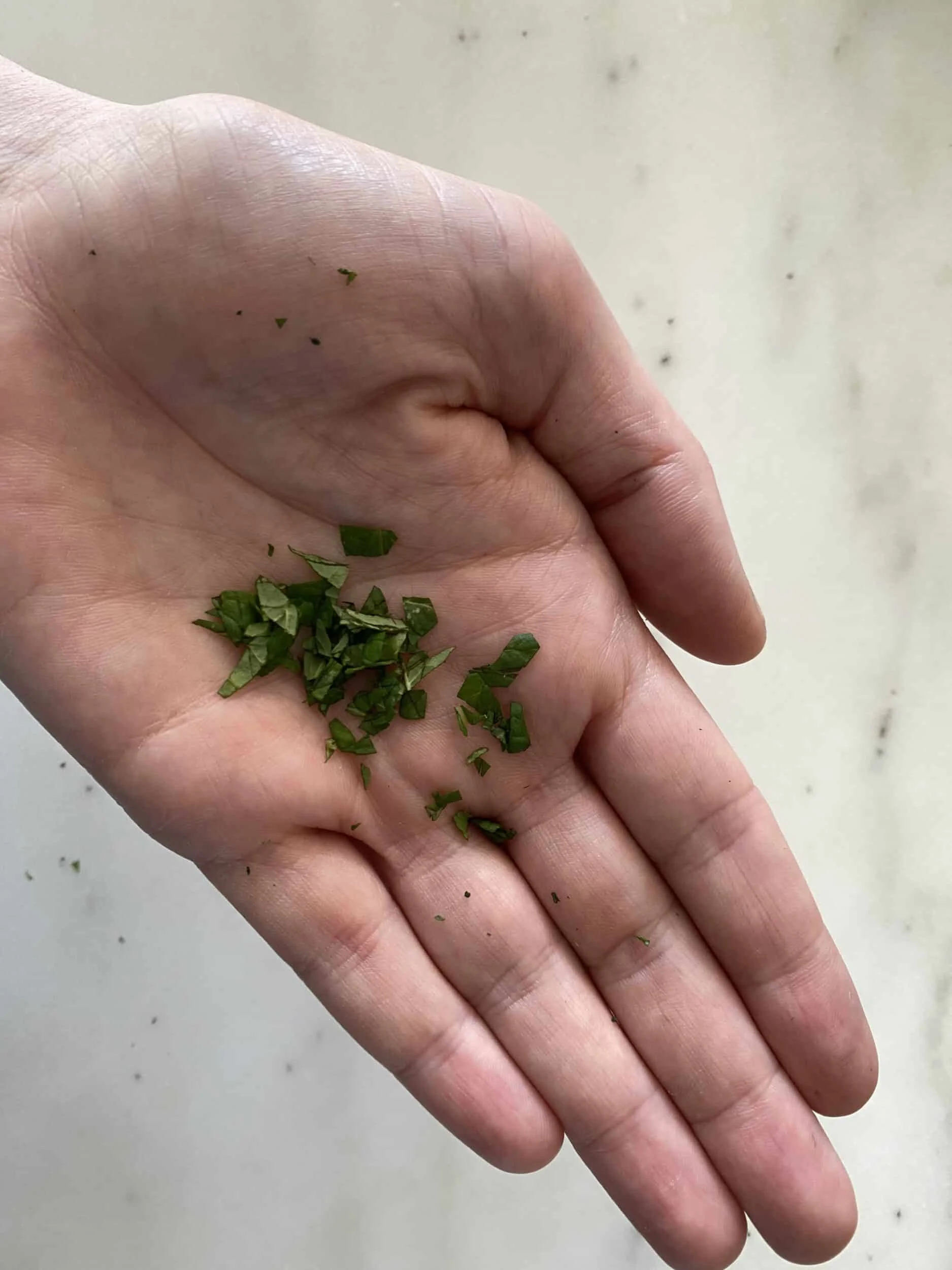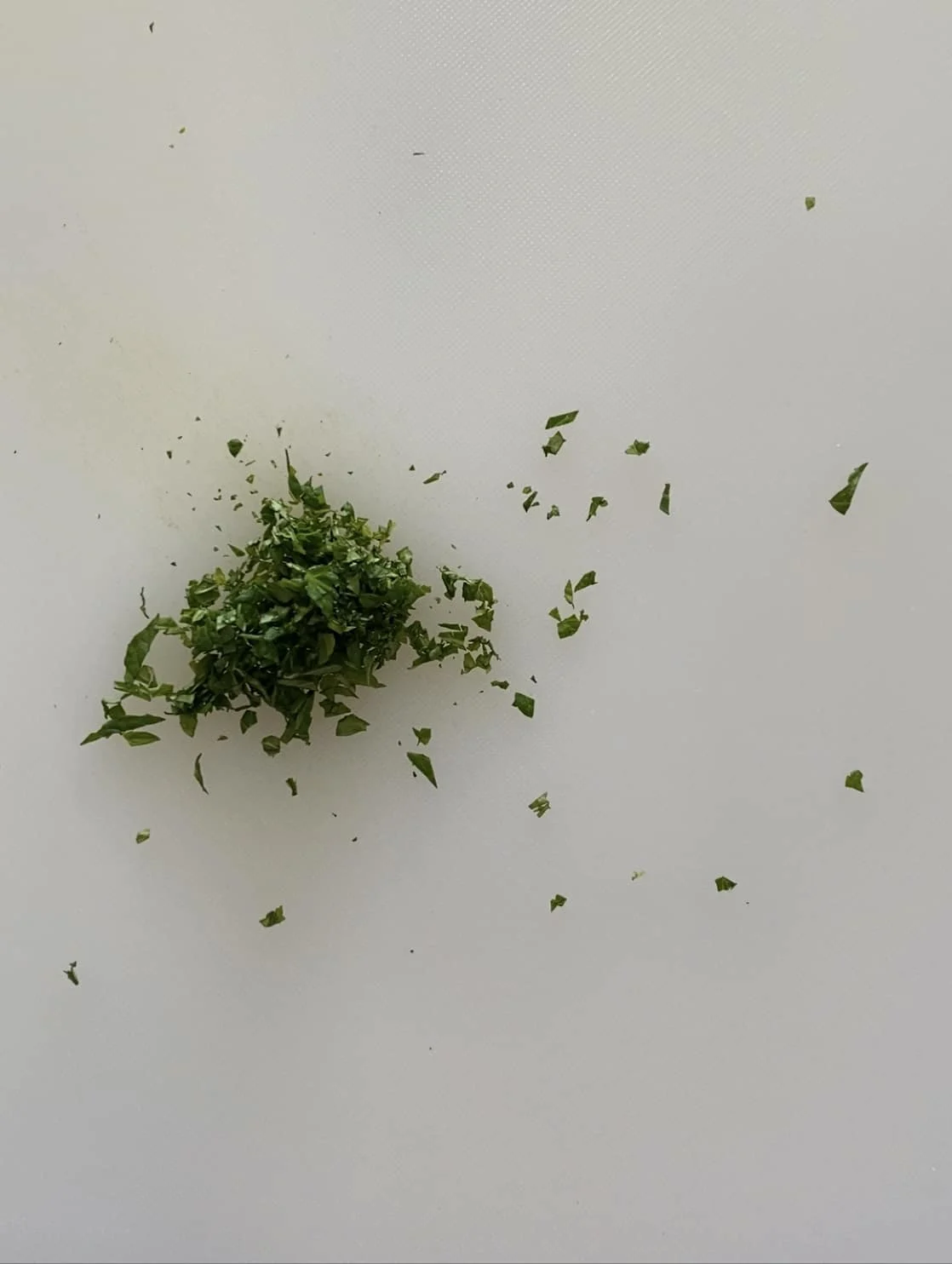Access our First Foods® Database in the Solid Starts App.
Learn moreMint
Herb/Spice
Age Suggestion
6 months
Iron-Rich
No
Common Allergen
No

When can babies have mint?
Mint may be introduced as soon as baby is ready to start solids, which is generally around 6 months of age.
Mint belongs to an extensive family of plants, and there are many varieties to try—from chocolate mint to orange mint to peppermint to spearmint and more. One thing these herbs have in common is a bright scent and cooling, slightly sweet taste that has made them a popular ingredient in foods from candies, to savory dishes, to teas.
How do you serve mint to babies?
Every baby develops on their own timeline, and the suggestions on how to cut or prepare particular foods are generalizations for a broad audience.
6 months old +:
Add finely chopped fresh mint into soft, scoopable foods or finger foods like large, soft meatballs or patties. Alternatively, serve fresh mint that has been blended into sauces and drizzle onto baby’s food.
9 months old +:
Chop fresh mint into small pieces or thin ribbons, mixed into dishes or on their own so that the child can taste the herb’s flavor. Pieces of the leaf may stick to the inside of the child’s mouth and cause some gagging or coughing. If this happens, try offering a small drink of water to help wash the pieces down. Expect lots of spitting as babies learn to manage the leaf’s challenging texture. By 18 months of age or so, you should see more consumption and less spitting of mint leaves as the molars come in and toddlers get more skilled at thoroughly chewing.
24 months old +:
Continue to serve mint chopped and mixed into dishes, in salad dressings, and in sauces. At this age, when a child shows the ability to take bites and tear larger pieces of food, you can also offer a whole, raw mint leaf to try, or dishes that contain whole or large pieces of mint leaf.


Preparing mint for babies.
Preparing mint for babies.
How often should you offer solids? See our sample feeding schedules for babies of every age.
Videos
Is mint a choking hazard for babies?
No. Mint presents a low risk when safely prepared for a child’s age and developmental ability, though, in theory, an individual could choke on any food. To reduce the risk, prepare and serve mint in an age-appropriate way as described in the How to Serve section. As always, make sure you create a safe eating environment and stay within an arm’s reach of baby during meals.
Learn the signs of choking and gagging and more about choking first aid in our free guides, Infant Rescue and Toddler Rescue.
Is mint a common allergen?
No, mint is not a common food allergen. If a child is sensitive to plants of the Lamiaceae family such as basil, lavender, marjoram, oregano, sage, or thyme, take care when introducing mint, as these plants are closely related.
As you would when introducing any new food, start by offering a small quantity of mint for the first few servings. If there is no adverse reaction, gradually increase the quantity over future mealtimes.
Is mint healthy for babies?
Yes. Mint contains fiber, calcium, iron, folate, and vitamin A, along with a dash of vitamin C. Together, these nutrients support bone density, blood health, nervous system function, vision, and immunity. It also contains unique antioxidants and compounds like menthol and rosmarinic acid, which can offer anti-inflammatory and antimicrobial properties.
How do I calm my own nerves around starting solids?
Knowledge and practice with rescue maneuvers. Parents and caregivers who watch the choking and rescue videos in our Starting Solids bundle often share how confident they feel.
How many meals per day should baby eat?
It’s flexible. Generally speaking, bring baby to the table at least once per day between 6 and 7 months of age, twice per day between 8 and 9 months of age, and 3 times per day starting at around 10 months of age. See our sample feeding schedules for details.
Our Team
Written by
Expert Tips Delivered to Your Inbox
Sign up for weekly tips, recipes and more!





